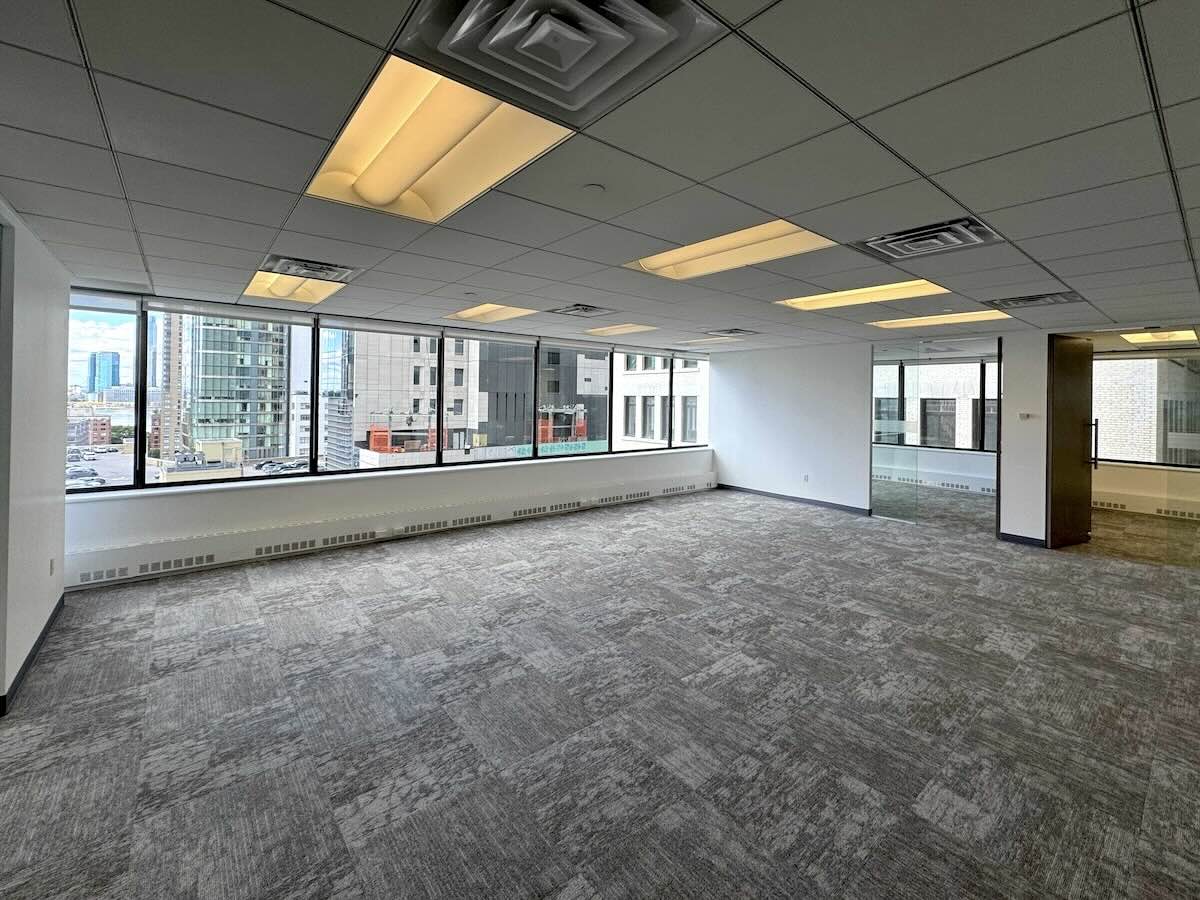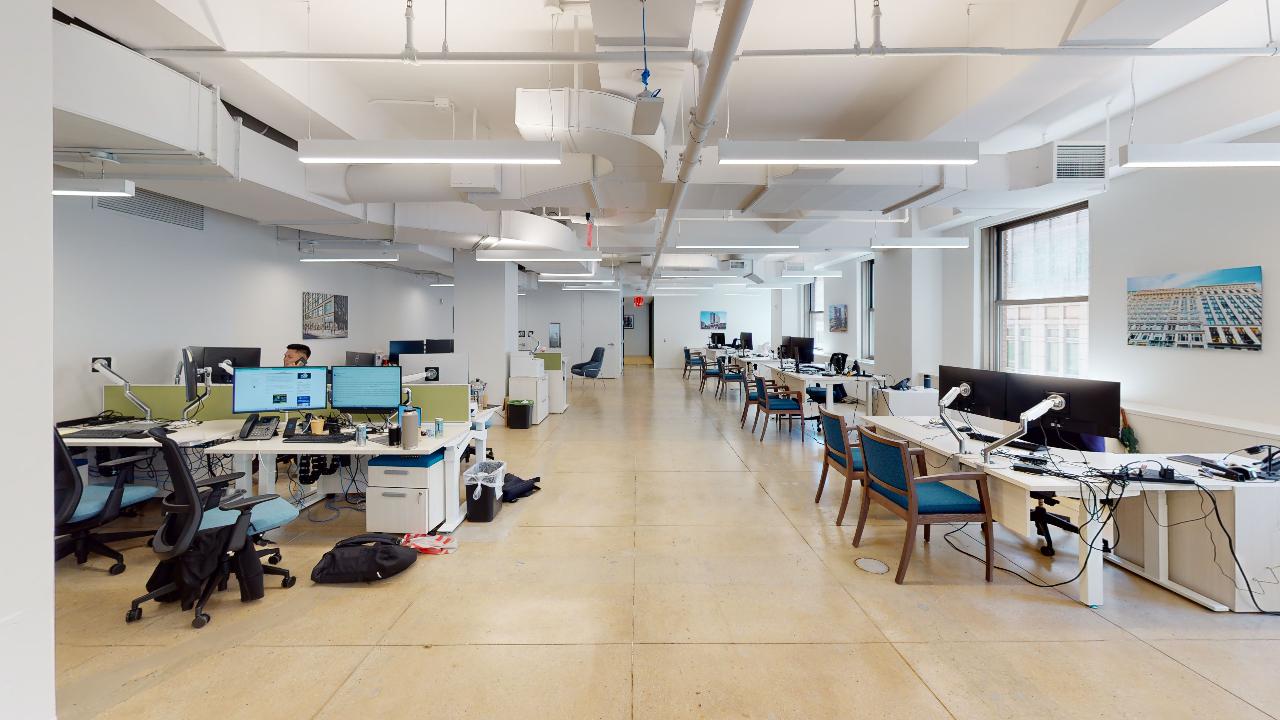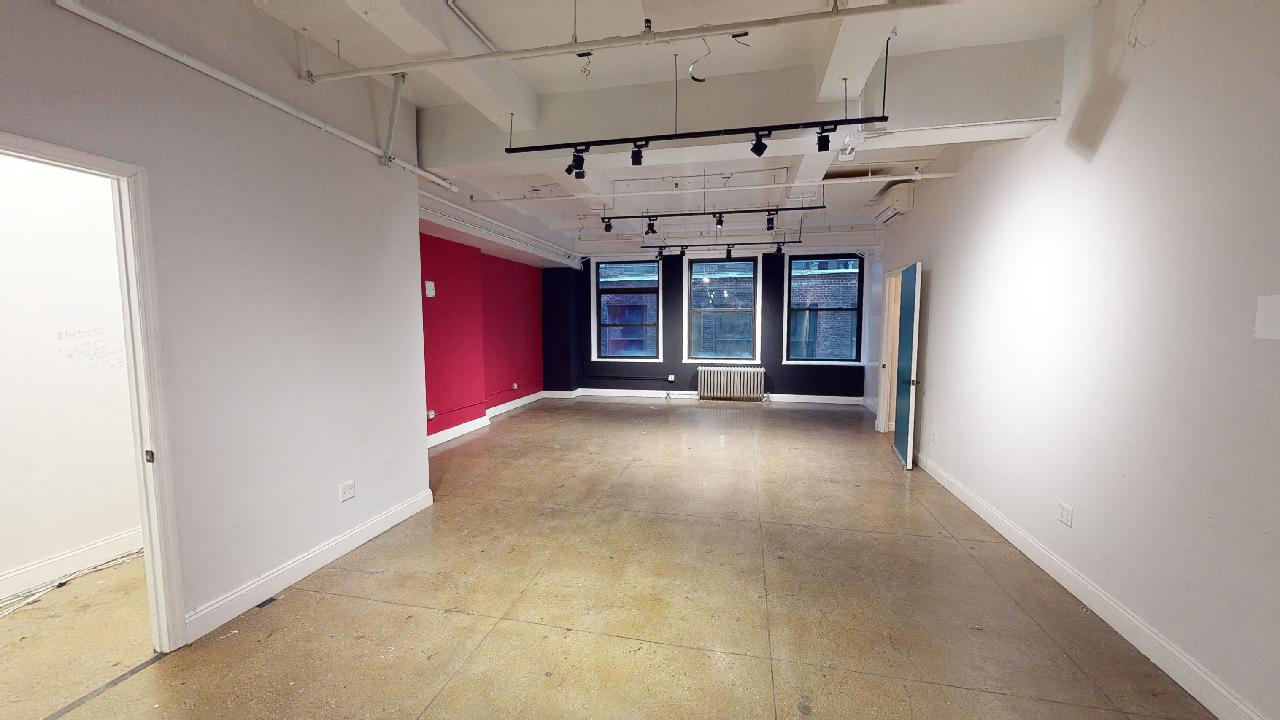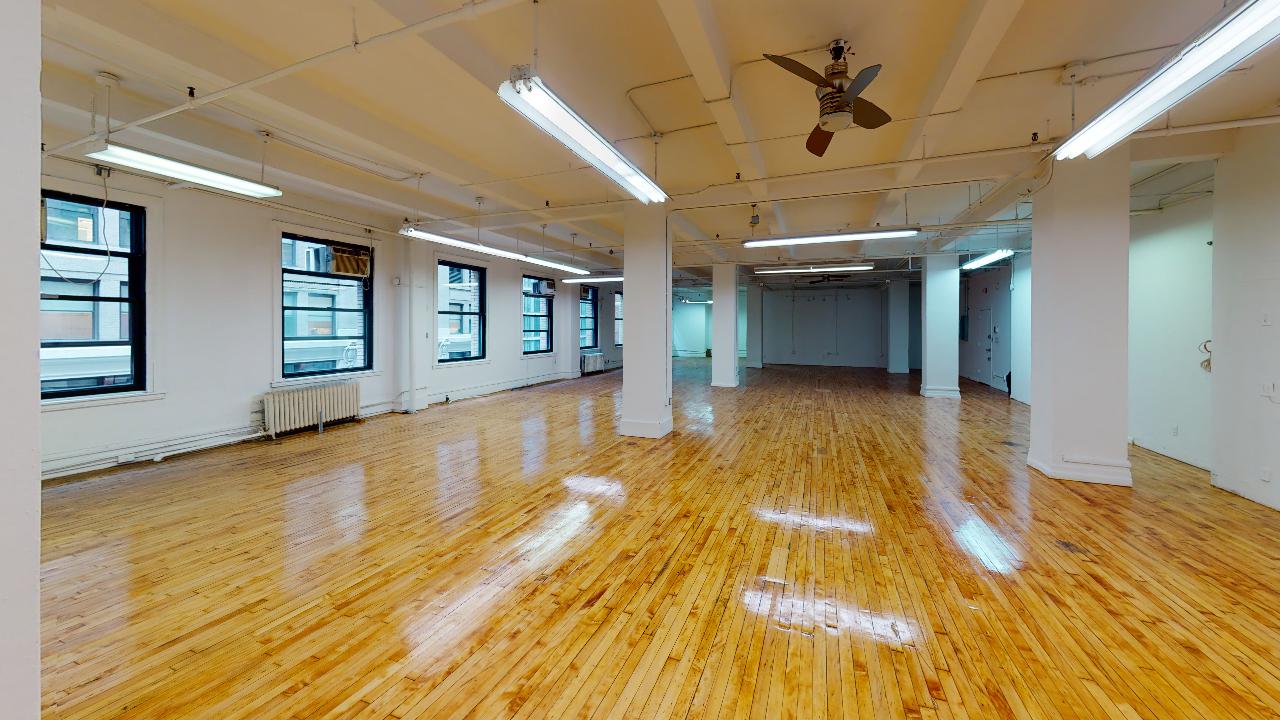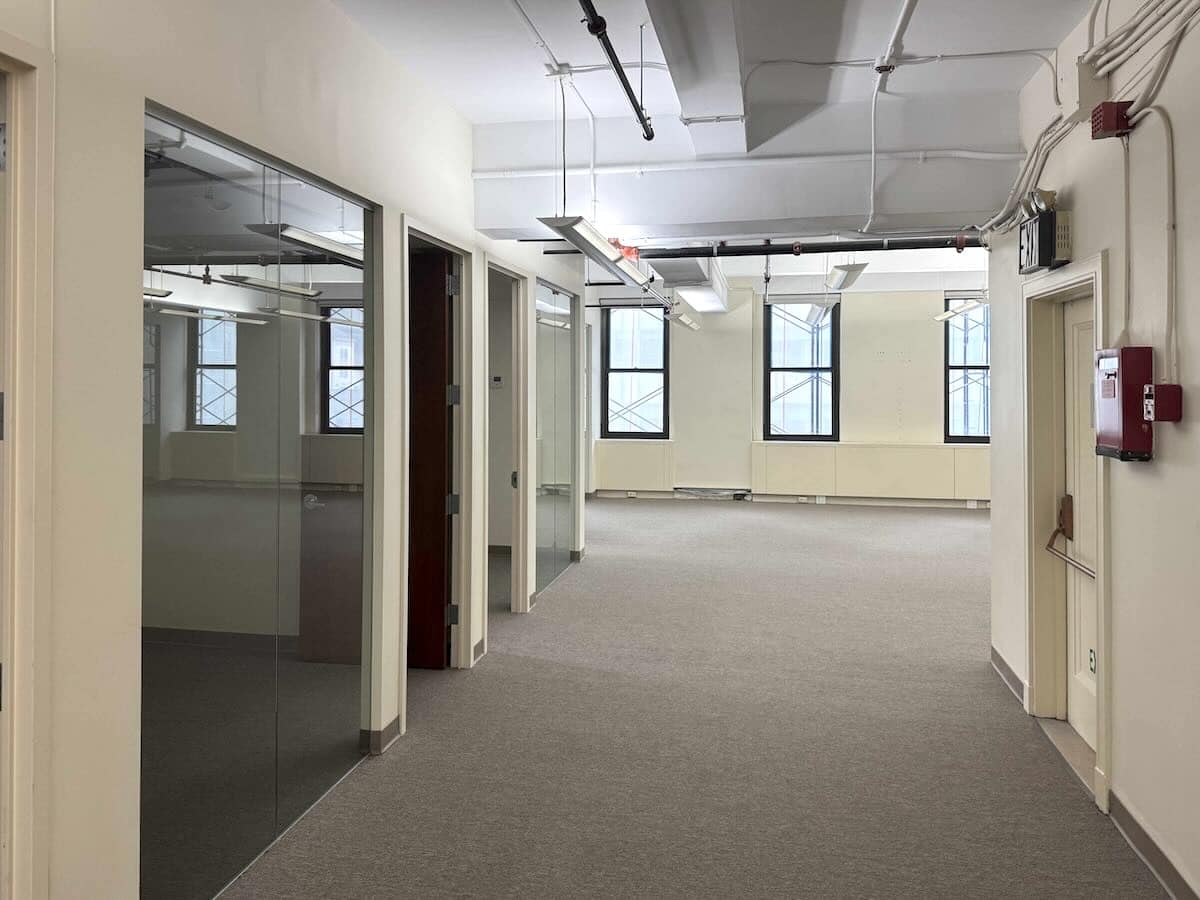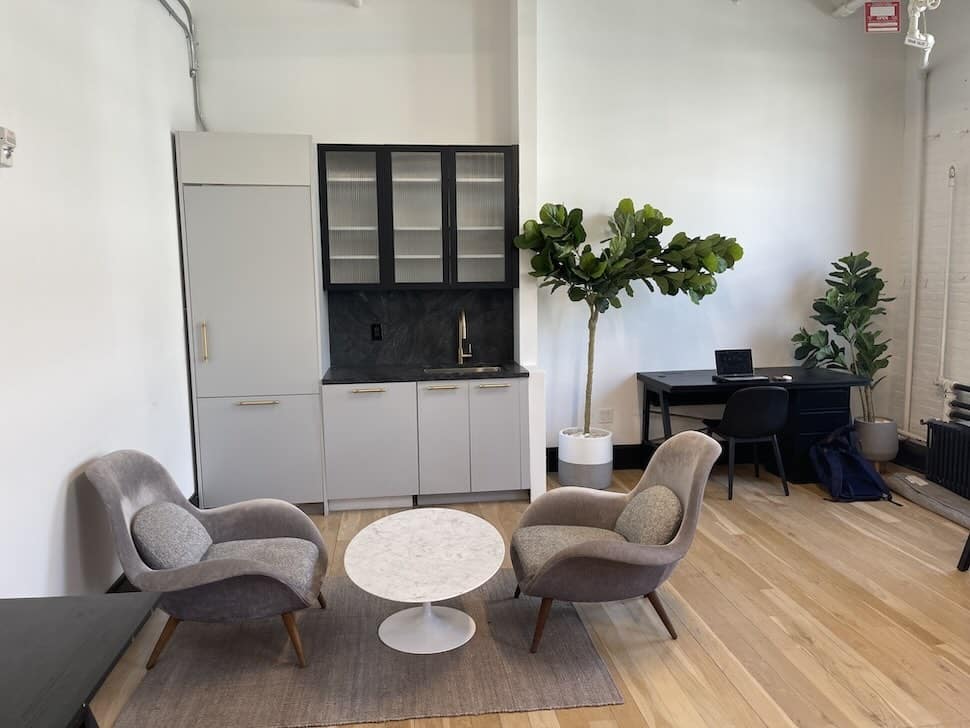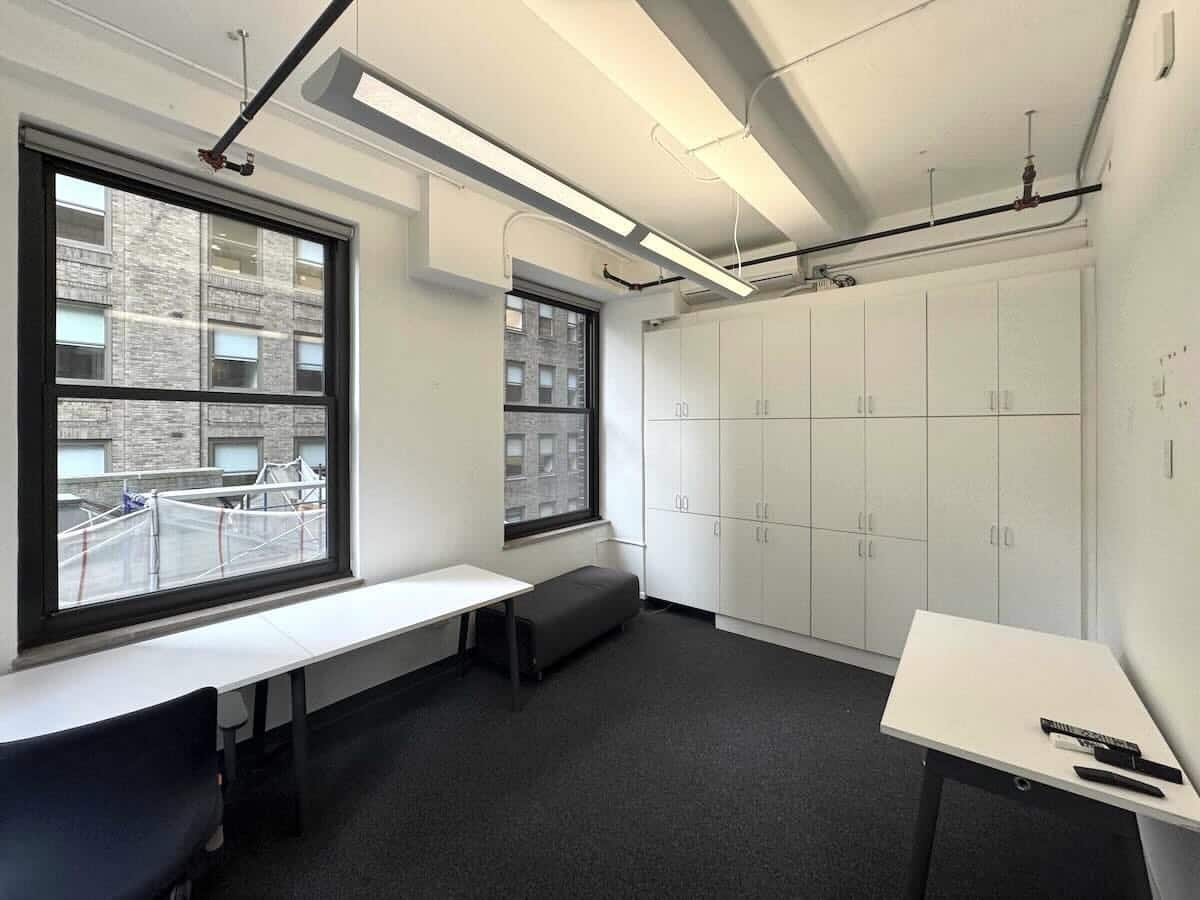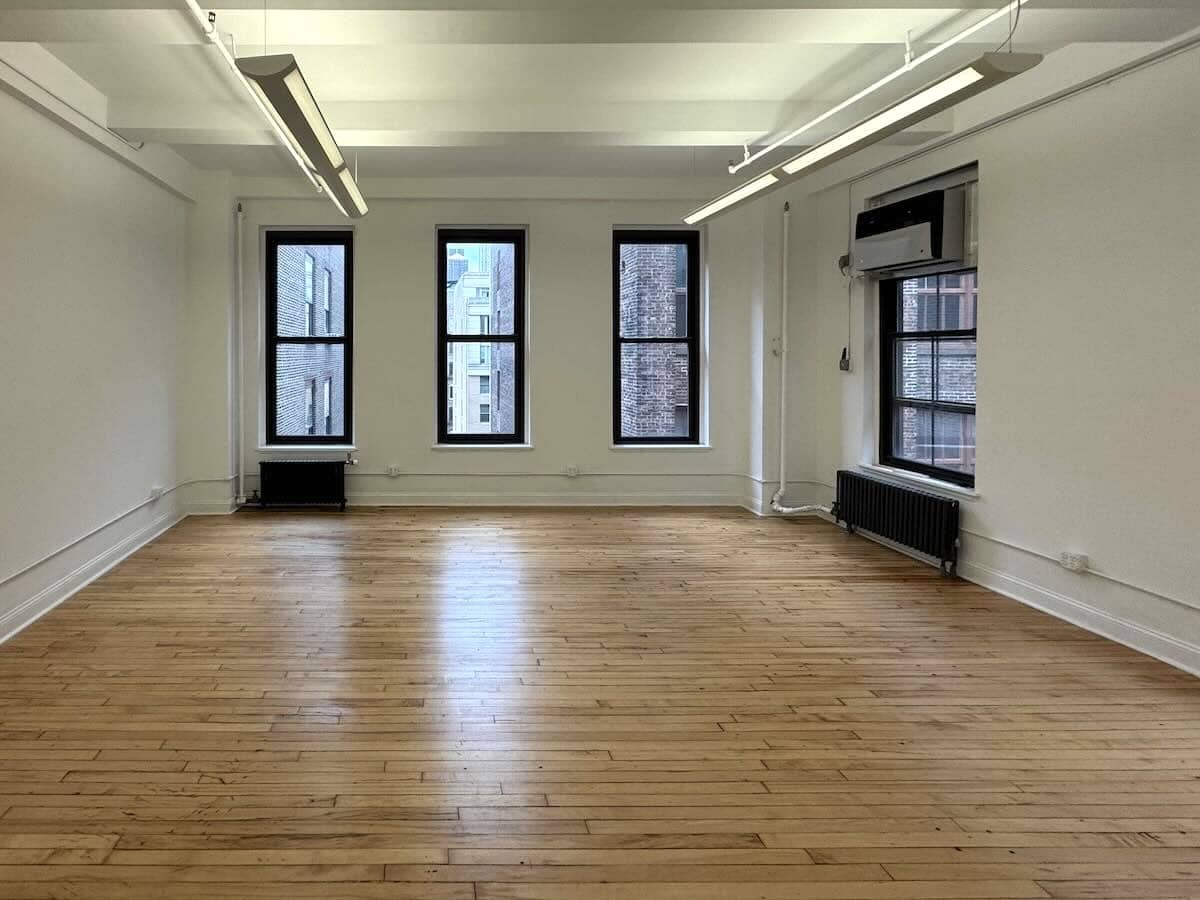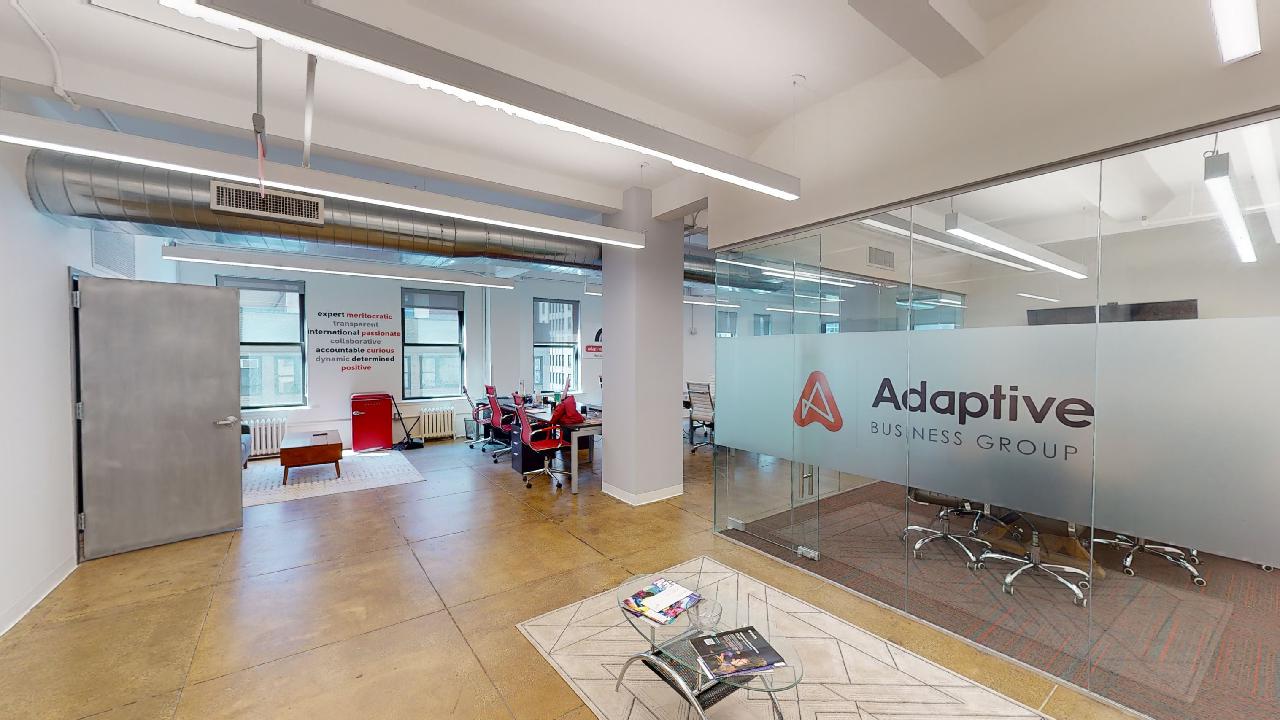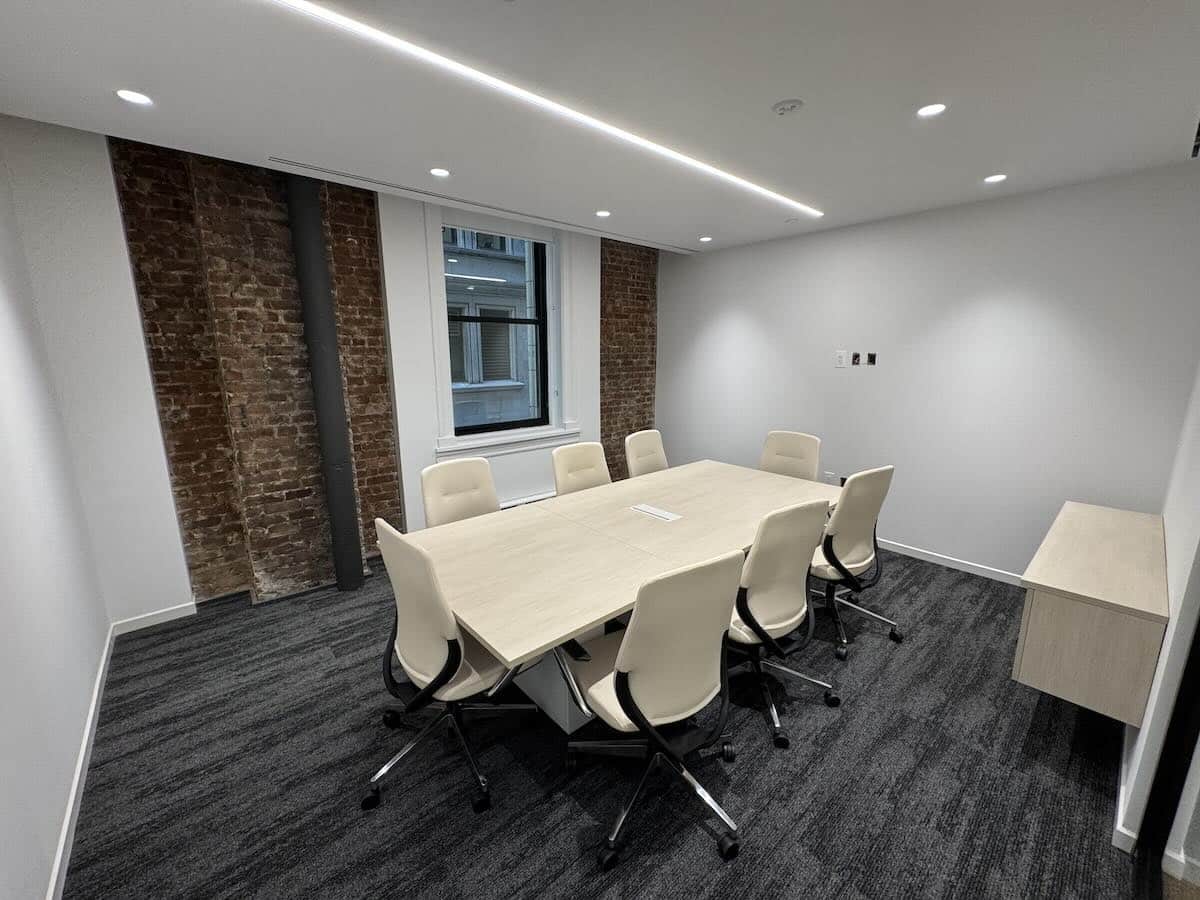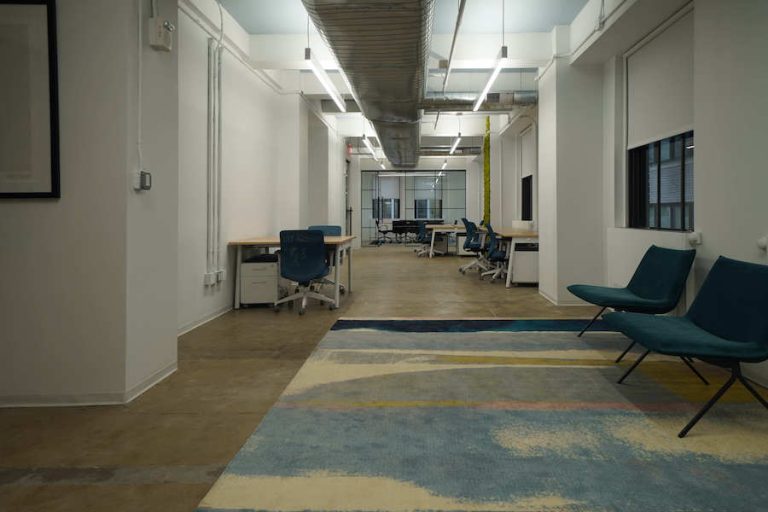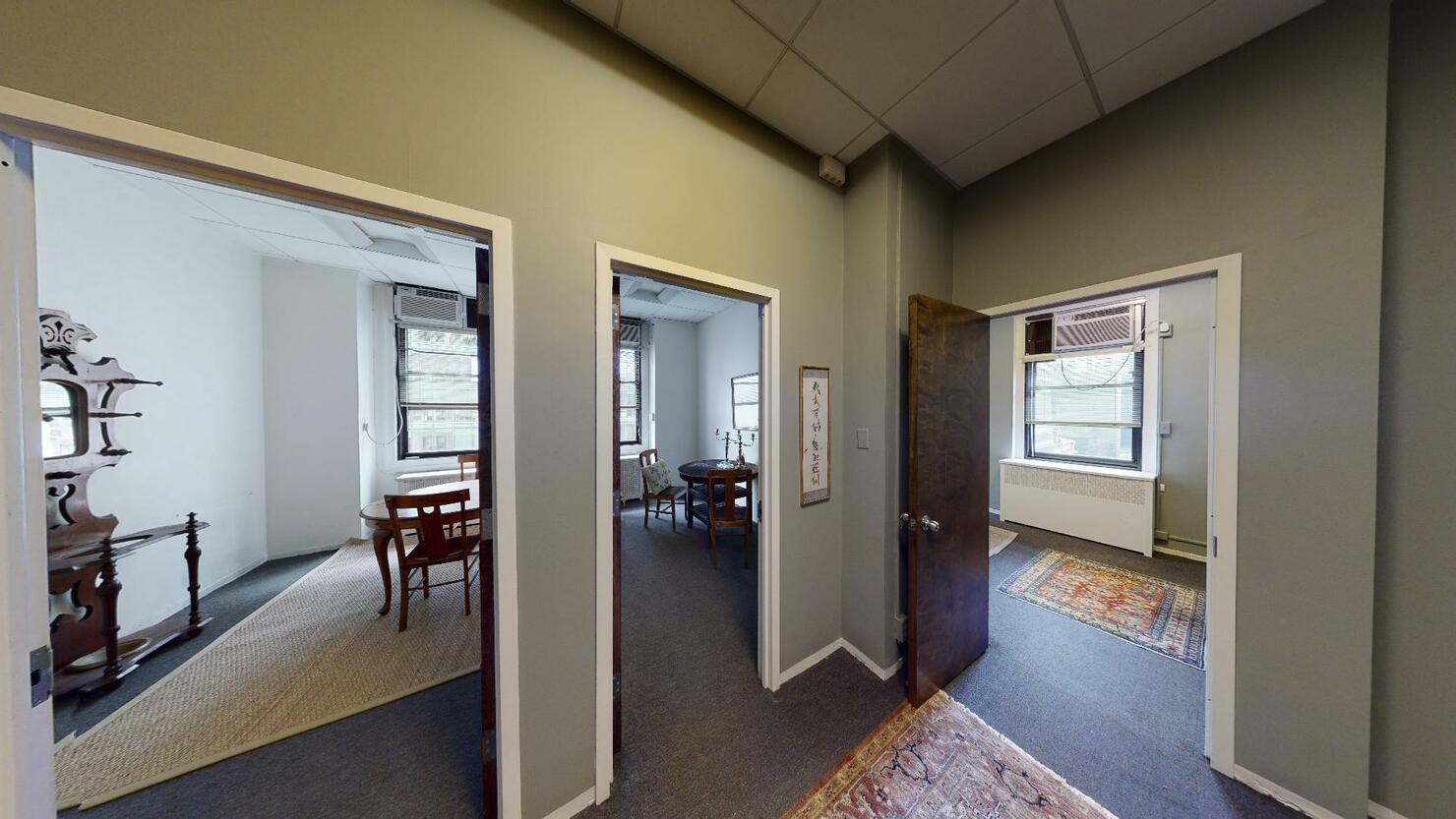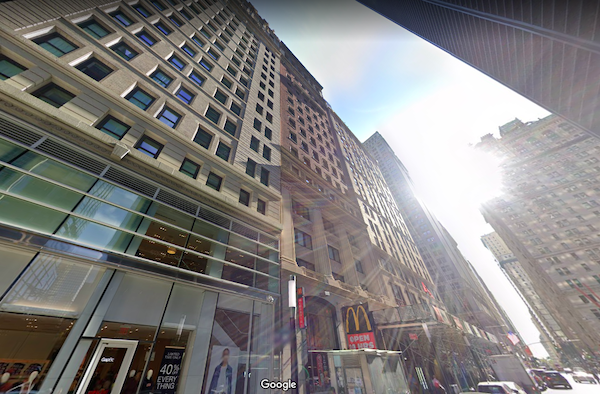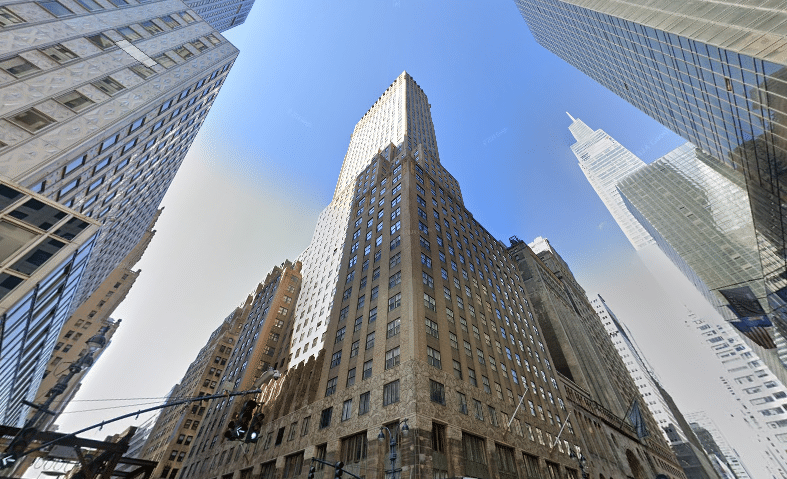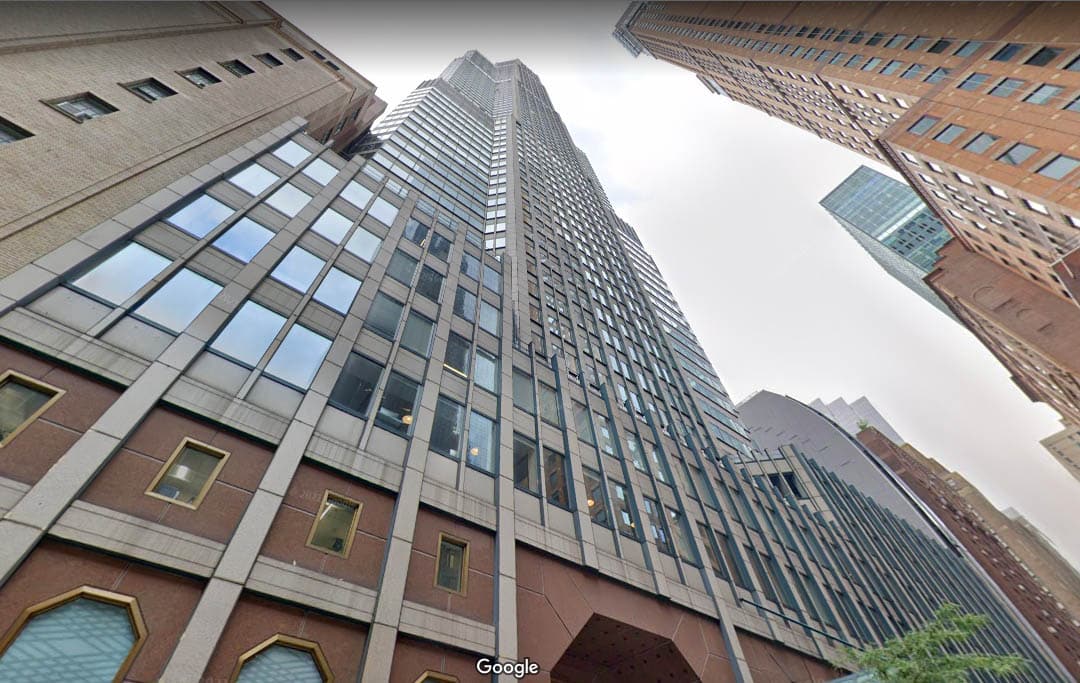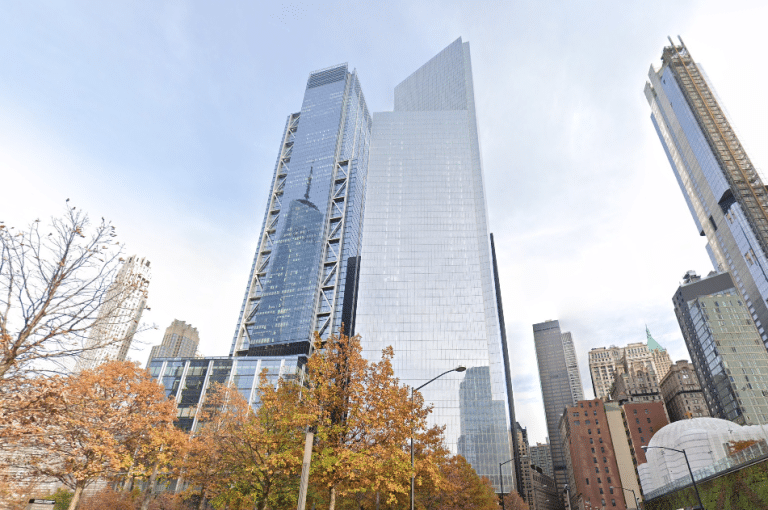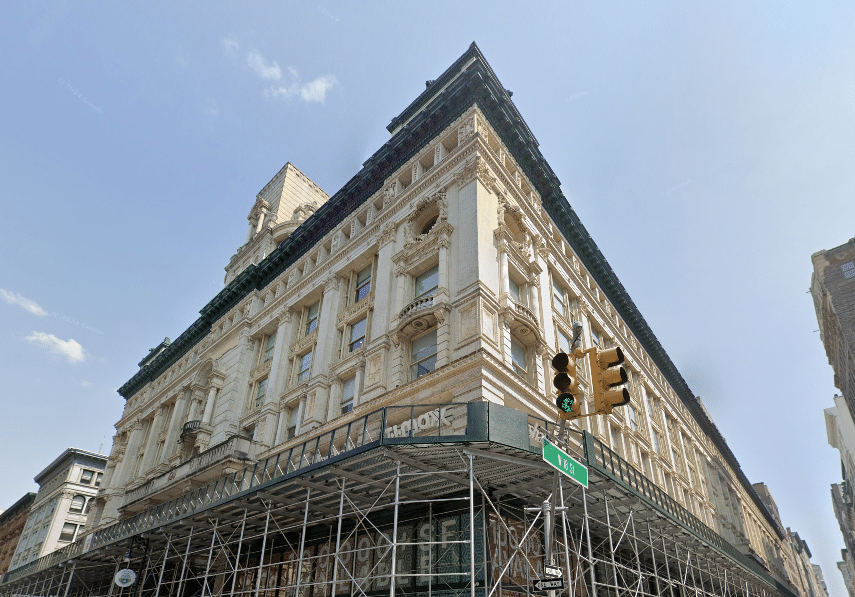With so many offices in New York City still empty – as of February, the office vacancy rate in Manhattan was 12.6% – landlords and city officials have had to adapt quickly. Some landlords lowered their asking rents and offered significant incentives to prospective tenants, such as build-outs, tenant improvement allowances, and even free rent. Others decided that the days of working in an office building are now gone and have chosen to turn their office properties into either retail or residential spaces.
The Covid19 pandemic significantly accelerated the office-to-condominium conversion trend in NYC. Even as many businesses still require a physical office space to run their operations, they still need to make sure that the office is appealing enough to attract and retain top talent. This means that, while office demand remains elevated for Class A, modern office space, Class B and C spaces have lost a lot of their appeal, even to small businesses.
While Class A office space is in high demand, Class B and C towers might be more profitable as rentals
Michael Slattery, research manager for CBRE, told EQ Magazine that there is a tale of two cities happening in NYC. “Companies are very focused on best-in-class space, either new construction or heavily renovated with high levels of amenities,” he said. On the other hand, Class B and Class C properties are having difficulty finding tenants. Even older Class A buildings have it rough because of new local regulations. Landlords have to invest a lot of capital to keep their older office properties in keeping with new environmental mandates. For some landlords, it’s just too much effort and too much money to keep operating properties as office buildings.
Office asking rents have dropped significantly across the city, and Class B and Class C properties, which are not in high demand, have become ‘cheap’ in some areas. Landlords can no longer justify all the costs of maintaining and upgrading their older office buildings, because the office rent is no longer a good enough incentive. On the other hand, residential prices are on the upswing in Manhattan – rental rates are up 24% compared to last year, reaching an all-time record of $3,700 per month in 2022, and they are expected to keep rising.
The solution proposed and encouraged by city officials is to convert the older office towers along Park Avenue and Midtown Manhattan into residential condominiums. A December 2021 study by REBNY found that 10% of the older office buildings in Midtown Manhattan could be turned into residential space, creating 14,000 new apartment units in the area. The report highlighted Flatiron, Midtown East and the Garment District as the top areas for such conversions since they boast the highest concentration of older office buildings and various transit options.
Midtown Manhattan, from office hub to live/work/play destination?
The concept of converting outdated office space in Midtown to residential use was a highlight of former Governor Andrew Cuomo’s 2022 budget proposal. It was a bill meant to incentivize the adaptive reuse of commercial properties into affordable housing that applied to hotels with up to 150 rooms and Class B and Class C office buildings. The bill implied that such assets could become residential if the owner agreed to set aside at least 20% of the units as affordable.
The area highlighted in the legislation includes office buildings located between Park Avenue, Ninth Avenue, 14th Street, and 60th Street. Interestingly, this area overlaps with the Midtown East portion that was rezoned in 2017. The rezoning was meant to boost Midtown’s status as an essential business district in the city and create over 6 million square feet of new office space. It allowed for the construction of One Vanderbilt, the new JPMorgan Chase headquarters at 270 Park Avenue, and a new mixed-use building on the site of the Grand Hyatt Hotel. However, all of this happened before the onset of the pandemic and the rapid growth in the popularity of remote work.
Following the example of Lower Manhattan post-9/11
Mayor Eric Adams and Gov. Kathy Hochul are also supporters of the office-to-condo conversion effort in Midtown Manhattan. City officials and real estate owners can look to Lower Manhattan as an example of such a conversion done right. After the attacks on 9/11, the city offered incentives to developers and owners to help the Financial District recover. New legislation and subsidies paved the way for creating thousands of apartments around the World Trade Center area, many of which took the place of older, vacant office buildings. These efforts revitalized Lower Manhattan and transformed it into a live-work-play-type destination that attracts office workers, residents, and visitors alike.
The problem is that Midtown Manhattan is very different from Lower Manhattan regarding office buildings. FiDi and WTC were home to many towers built in the early 20th century, which allowed for plenty of natural light and ventilation. By comparison, the office towers in Midtown Manhattan were primarily built in the 1960s and feature large floor plates, deep cores, and a lot of windowless office space in the middle. This is why converting the pre-war office buildings along Park Avenue is a complicated task. However, it can be done with a little bit of effort, and some have already been successful at it.
The rebirth of One Wall Street as a luxury condominium tower
One Wall Street is one of the first office towers in Midtown Manhattan to be converted to residential use after the pandemic. It is also the city’s largest-ever office-to-housing conversion, a considerable undertaking spearheaded by Macklowe Properties alongside Robert A.M. Stern and SLCE Architects.
The previous home of the Irving Trust bank and then the Bank of New York Mellon Corp., the 1.2 million-square-foot One Wall Street was one of the tallest towers in NYC when it opened in 1931. Located just one block from the New York City Stock Exchange and just a short walk from the Woolworth Building, 1 Wall Street is a New York City Landmark listed on the National Register of Historic Places.
The building was almost entirely gutted and converted to a 566-unit luxury condominium tower where prices can go as high as $40 million per unit. Traditional cubicles and open-style offices have been reimagined as luxury condos, with amenities including floor-to-ceiling windows, Miele appliances, a private gym, a 4,000-square-foot landscaped terrace, and a children’s playroom, a lounge, and a private restaurant, among many others.
Paving the way for office-to-condo conversions in Midtown
The revamp of One Wall Street was no easy task for Macklowe. The owner had to get approval from the Landmarks Preservation Commission to replace the windows to maximize daylight and move the elevators from the perimeter to the center of the building. The developer also reduced the number of elevators from 36 to 12 and turned the building’s existing setbacks into outdoor terraces. The ground floor now houses a massive Whole Foods retail store, and the basement level includes a three-story athletic center.
The result of the conversion at One Wall Street is a stunning, luxurious apartment complex located right in the heart of Midtown Manhattan, offering views of the NYSE and Broadway. As FastCompany put it, it’s clear that ‘with enough capital, and the freedom that comes with gut renovations, almost every building, particularly more slender towers with compact floor plates, can be turned into housing.’
Could One Wall Street pave the way for more Midtown office towers to become residential properties? Will Midtown ultimately follow the path of Lower Manhattan and become a mixed-use hub where people can live, work, shop, and play? The direction is relatively straightforward for some, and there’s no going back to the way things were before 2020. The Financial Times concludes that ‘One Wall Street is on another level: an Art Deco-shaped nail in the coffin of this global hub of banking.’
Why Park Avenue could be the next Billionaires’ Row
Why was Harry Macklowe so sure that converting One Wall Street to rental condominiums was a good idea? He was probably inspired by the success of Billionaires’ Row and the high demand for supertall luxury condominiums close to large corporate headquarters. In fact, one of Macklowe’s biggest projects is 432 Park Avenue, the third-tallest residential building in the world and one of the tallest, slimmest structures in NYC.
432 Park Avenue was developed by Macklowe alongside CIM Group, and designed by renowned architect Rafael Viñoly. It’s the most prominent building to be part of Billionaires’ Row, a set of ultra-luxurious residential towers developed right below Central Park, mostly along 57th Street. This stretch of Midtown Manhattan features structures like One57, a supertall residential tower at 157 West 57th Street, where Michel Dell shelled out $100 million for a penthouse; 220 Central Park South, where businessman Kenneth Griffin paid $238 million for a three-story condo; and 432 Park Avenue, where Saudi billionaire Fawaz Al Hokair paid $87.7 million for the top-level penthouse. Other buildings that are part of Billionaires’ Row include 3 West 53rd Street, 520 Park Avenue, and Central Park Tower. Units at these buildings boast exorbitant prices, with condos selling for tens of millions of dollars and rentals fetching well-above-average rates.
Perhaps a similar process is in store for Park Avenue south of 57th Street, where many older office buildings are sitting partially vacant. This area of Manhattan, while less trendy than Chelsea and Midtown South, is still ‘old money,’ and very desirable for homeowners and renters, as well as office workers. Park Avenue could be the perfect place to start the revitalization of Midtown Manhattan, as it appeals to businesses, shoppers, and tourists alike. The avenue is lined with landmark commercial towers, luxury retailers, and high-end restaurants – all that’s missing is more residential space.
New Office Conversions Task Force to look into options and make recommendations over the next 2 years
So far, both Gov. Hochul and Mayor Eric Adams are in favor of commercial-to-residential conversions in this part of the city. Hochul’s state budget proposal includes the revision of residential building laws that would make it easier to convert offices to residences. Dan Garodnick, the new city planning chief, expressed his support in a public hearing in March, saying that the administration is already looking into how these conversions could be done through local rezonings. A bill was passed earlier this year that established an Office Conversions Task Force to study potential options and make recommendations regarding this matter. Its members are required to present their findings and recommendations to city officials over the next two years. The question is, will that be too long of a wait for office landlords on Park Avenue?
One major factor that’s going to be the focus of the new task force is related to affordable housing. The luxury towers on Billionaires’ Row command high prices, which means most New Yorkers are priced out of this area from the get-go. The city already has an affordability issue, so officials want to make sure that any conversions include the creation of affordable housing, as well.
The new bill states that hotels and offices can become residential spaces if the owner sets aside at least 20% of the apartments as affordable units. An alternative would be for the property to be used as supportive housing, via an agreement with the state of the city. Lastly, a third option calls for owners to contribute to a fund to support creating affordable housing offsite. The legislation gives building owners a lot of wiggle room, and some suggest these options are not enough to ensure that much-needed affordable housing will be included in the new properties.
The point of contention: incorporating affordable housing into adaptive reuse projects
One example officials will most likely look at is the recently-passed rezoning of Soho/Noho. The plan is to add more than 3,000 new apartments, including up to 900 affordable housing units, to a 56-block area of Soho/Noho, under the city’s Mandatory Inclusionary Housing rules. The rezoning is meant to ‘support existing historic districts, invest in arts and culture through an innovative arts fund model, and introduce flexible zoning for ground floor and other uses.’ However, the rezoning was met with opposition from community groups.
They claimed that the plan could ultimately fuel more commercial development, rather than add more housing, because of the ‘overemphasis’ on commercial floor-area ratio (FAR). They worried that the rezoning would allow for taller office towers and big-box retailers to move into the area, displacing small businesses and eroding the historic character of Soho. This in turn would push rental rates and living costs upwards, further displacing lower-income residents in the area. Nonetheless, the rezoning plan was approved in December 2021, with city officials confident that it will bring much-needed affordable housing to the neighborhood and encourage economic development.
It remains to be seen how the new task force will try to prevent these issues and what options they will bring to the Mayor in the next couple of years. For now, office landlords on Park Avenue have to do what they can to attract tenants and fill vacant office spaces on their own.
Are you thinking of setting up your business in a convenient location in Manhattan? Are you looking to lease space in a modern building offering state-of-the-art amenities? To learn about available office or retail space, call Metro Manhattan Office Space at (212) 444-2241 or email us at .


